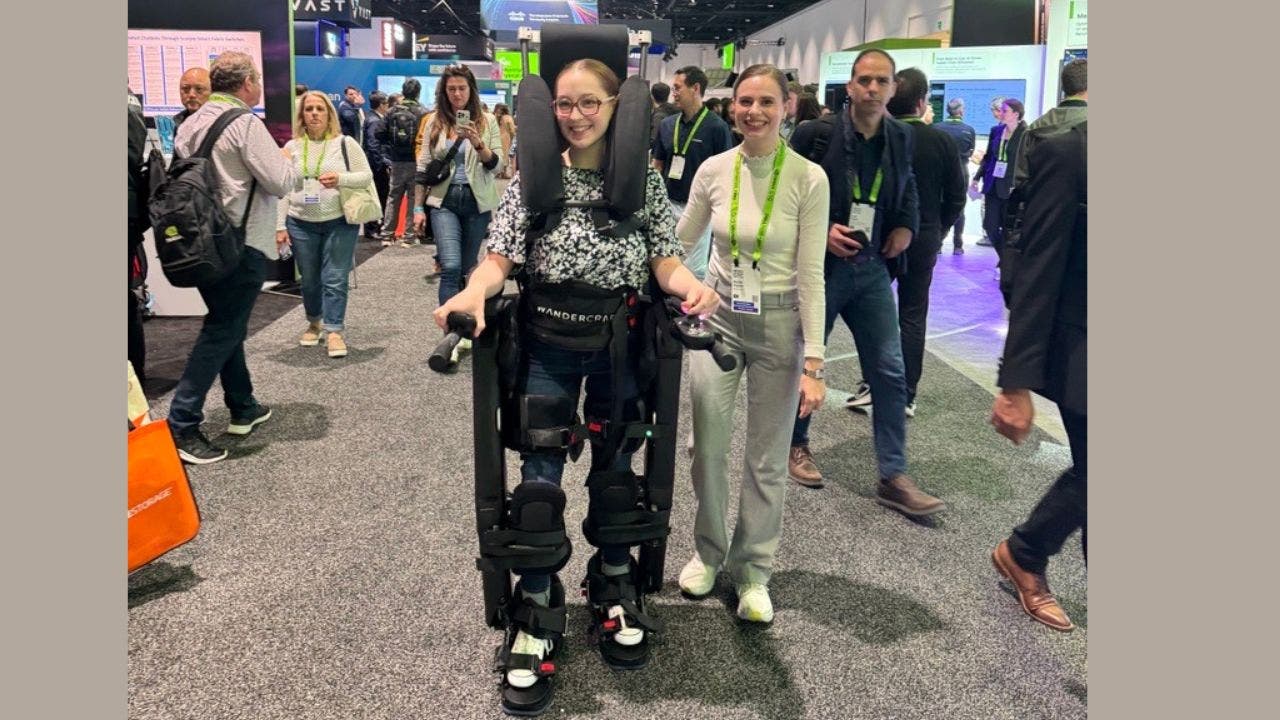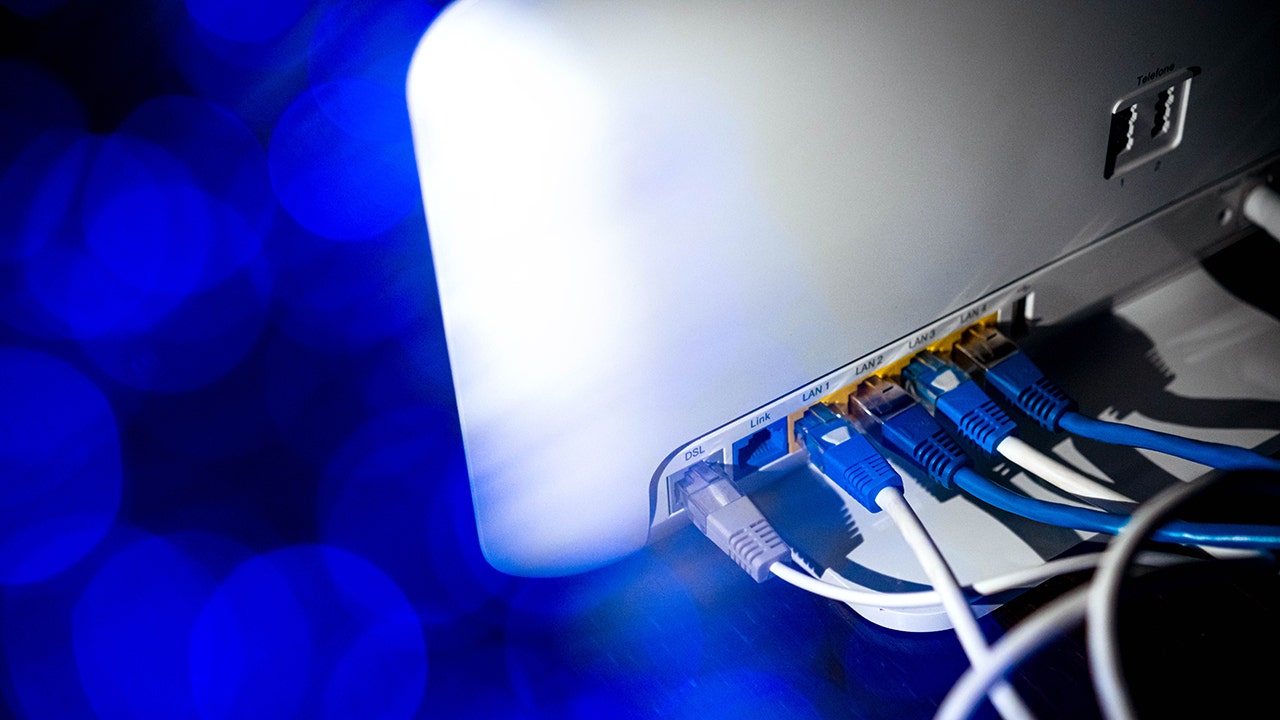AI-powered exoskeleton gives wheelchair users new freedom and independence

Caroline Laubach, a Wandercraft test pilot, is not just testing out new technology; she is reclaiming a sense of freedom and connection that many wheelchair users miss. Laubach, a spinal stroke survivor and full-time wheelchair user, has been instrumental in demonstrating the personal AI-powered prototype exoskeleton’s development. Her experience highlights just how life-changing this device can be.
“When I’m in the exoskeleton, I feel more free than I do in my daily life,” said Laubach. “It gives me the opportunity to walk around and talk to people at eye level. I don’t have to look up at people all the time. It makes me feel more visible and able to connect with others. One thing I noticed right away was how inclusive the exoskeleton would be to a wide variety of disabilities. The goal is to have disabled people able to use this exoskeleton to live their daily life out in the world; I can definitely see that happening in the future.”
Laubach’s story is at the heart of Wandercraft’s mission: to help people move through the world with greater walking independence and upright mobility.
Wandercraft’s journey began with a personal challenge. Nicolas Simon, the company’s co-founder, saw his own family members struggle with mobility due to Charcot-Marie-Tooth disease, a genetic condition. As a student and robotics enthusiast, Simon wanted to create something that could help his brother and others like him walk again. Alongside Matthieu Masselin and Jean-Louis Constanza, who also had a personal connection to the cause, Simon founded Wandercraft in 2012.
Their goal was simple but ambitious: to bring advanced mobility solutions to the estimated 80 million people worldwide who rely on wheelchairs.
Wandercraft’s first exoskeleton, Atalante X, is already making a difference in over 100 clinics and research centers worldwide. This device, cleared by the Food and Drug Administration (FDA) and approved in Europe, helps patients take over a million steps each month as part of their rehabilitation. It has already helped hundreds regain some mobility and independence.
But Wandercraft wanted to go further. The new Personal Exoskeleton prototype, now in clinical trials in New York and New Jersey, is designed for daily life, at home, at work, and out in the community. It uses NVIDIA AI to adapt instantly to each user’s movements, providing smooth, stable walking on all sorts of surfaces, from sidewalks to carpets. Users control the exoskeleton with a joystick, making it accessible to people with a wide range of abilities.
A big part of Wandercraft’s progress comes from its partnership with Nvidia. The team uses Nvidia Isaac Sim, a powerful simulation tool, to test and improve the exoskeleton in virtual environments before real-world trials. They’re also exploring Nvidia’s healthcare robotics and edge computing platforms to make the device smarter and more responsive.
This technology means the exoskeleton can someday keep up with everyday life, walking at a normal pace, crossing streets, and even handling stairs. As Simon puts it, “It’s essential for the exoskeleton to be fast enough that it can be used in the real world. By integrating NVIDIA AI into the device, we can someday enable users to walk at an average pace, cross the road, and go up and down stairs.”
Wandercraft’s commitment to improving lives goes beyond just building exoskeletons. In the heart of Manhattan, the company has opened Walk in New York by Wandercraft, a state-of-the-art physical therapy practice and Atalante X walk center located at 345 Park Avenue South. This groundbreaking center is the first of its kind in the U.S. and represents a partnership between Wandercraft and licensed physical therapy professionals to help individuals with neurological conditions move more, move better, and move again.
At Walk in New York, movement is truly seen as medicine. The center offers personalized screenings with licensed physical therapists, hands-free walking sessions using the Atalante X exoskeleton, and comprehensive neurorehabilitation services. Patients can experience walking again in a safe, professional environment, regardless of their trunk or upper body strength. Each therapy plan is tailored to the individual, and progress is tracked objectively to ensure the best possible outcomes.
Walk in New York is also set to become the hub for Wandercraft’s Personal Exoskeleton, where individuals will be able to receive their own devices, undergo training, and access ongoing support as this technology becomes available for everyday use. The center’s focus on personalized care and innovation makes it a welcoming space for anyone interested in rediscovering mobility, whether for themselves or a loved one.
Wandercraft is working toward FDA approval for the Personal Exoskeleton, with hopes of making it available to millions of wheelchair users in the U.S. and beyond. The company is actively recruiting participants for its clinical trials and is committed to making this technology accessible, with plans for Medicare coverage in the future.
Caroline Laubach’s story and the advancements made by Wandercraft are reshaping how we think about disability and independence. The Personal Exoskeleton is not just a piece of technology; it is a symbol of hope, empowerment, and the possibility of a brighter future for mobility.




